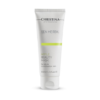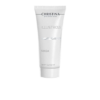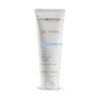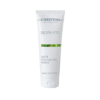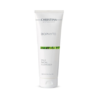
Thinking about getting a chemical peel while living in a sunny place like Florida, California, or anywhere with year-round sunshine? Great choice! Chemical peels can do wonders for your skin, but there are a few important things to know before booking your appointment.
As a licensed esthetician with over 20 years of experience, I’ll walk you through the 7 most common mistakes people make when choosing peels in sunny climates – and how you can avoid them.
Mistake #1: Choosing any “brightening peel” for pigmentation
Not all dark spots are the same. Some are post-inflammatory pigmentation, others are melasma, and some are sun spots (lentigines). Each requires a different approach.
Better choice: See a professional who will first assess your skin type and pigmentation before recommending a peel.
Mistake #2: Believing chemical peels are off-limits in summer
This is a common myth. You can safely get chemical peels in sunny climates — but the approach is different.
Better choice: Look for gentle peel options that don’t thin the skin, and combine them with antioxidants and daily sun protection.
Mistake #3: Accepting strong acids or deep peels from an esthetician
In the U.S., estheticians are not legally allowed to perform medium or deep chemical peels. Those should only be done by a dermatologist or medical doctor.
Better choice: If someone offers you a “strong TCA” or “deep peel” in a spa setting, consider it a red flag and consult a dermatologist.
Mistake #4: Expecting quick fixes
One peel won’t erase pigmentation forever, especially if the root cause isn’t addressed. Sun damage and melasma can return without proper maintenance.
Better choice: Think of peels as part of a bigger plan — ongoing care, sun protection, lifestyle adjustments, and sometimes even medical input.
Mistake #5: Skipping sunscreen
Even the best chemical peel won’t work if you only apply SPF “on special occasions.”
Better choice: Use sunscreen daily, choose one suited to your skin type, and remember to reapply every 2–3 hours if you’re outdoors.
Mistake #6: Starting peels without prepping the skin
If your skin barrier is compromised or dehydrated, the risk of irritation and complications goes up.
Better choice: Always prepare your skin first with hydration and barrier support before moving on to stronger treatments.
Mistake #7: Expecting estheticians to fix every pigmentation issue
Estheticians can significantly improve surface pigmentation, but deeper melasma or dermal pigmentation often requires a dermatologist’s care.
Better choice: Be open to a referral to a dermatologist if needed – it shows your esthetician cares about your long-term results.
A chemical peel isn’t just about “removing spots.” It’s about supporting your skin’s overall health and building a personalized, safe treatment plan. Choose a professional who focuses not only on the peel itself but also on how it fits into your long-term skincare journey.




